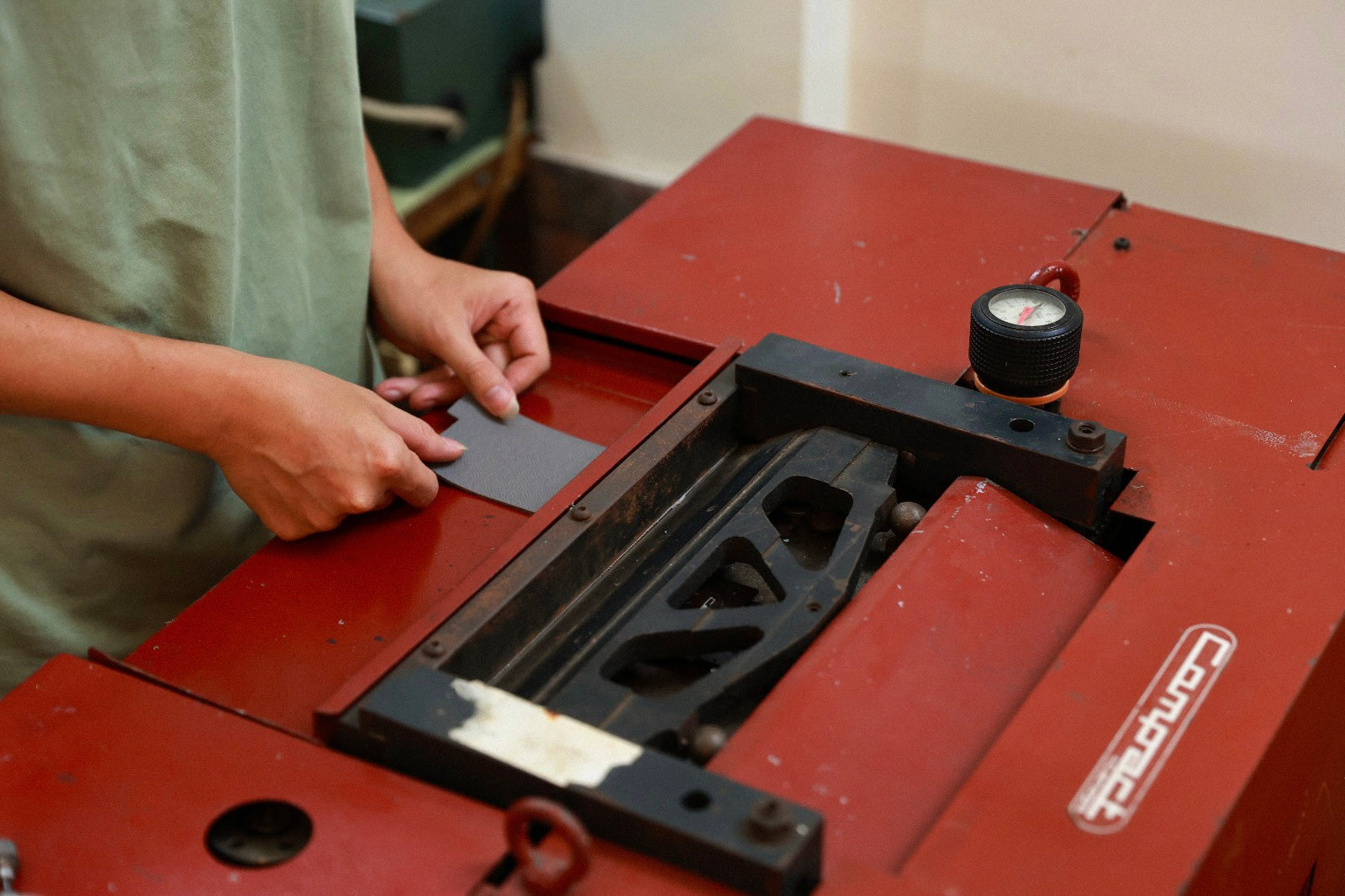First time ordering from Artisan Straps and no complaints! Strap arrived fast and in flawless condition, plus it looks perfect with my new Venezianico timepiece. I would definitely order from them again!!!
Bought this specifically for my SBGA497 “Pink Snowflake,” which has a fairly subtle pink dial (can look more off-white based on lighting). Very happy with the craftsmanship 2 months in, wearing about once a week—probably more often once I order a clasp!
Ordered a custom bund strap in cordovan for my longines skin diver. Despite the skin diver having a particularly difficult lug to lug size the strap fits perfectly. leather feels good and doesn't need any break in and not a single flaw in construction could be seen. Additionally questions were answered in minutes and despite an issue in postage, all problems were fixed by the seller faster than expected. 100% would recommend
Took delivery of another excellent watch strap yesterday from Artisan Straps, Sydney. The quality is very high and the custom size of this dark brown kudu with natural stitching is perfect. The leather has a very matt finish, almost like nubuck, but it is expected to develop a patina over time.
This strap was MTO, 7 days after I placed the order, I had wanted to make a small modification. Jayson was SO kind and understanding to accommodate my request. I think he already made the strap, then had to remake it again with the modification. Thank you Jayson for your patience and expert work. I will forever be a fan and always order from Artisan Straps for all my watch straps!














